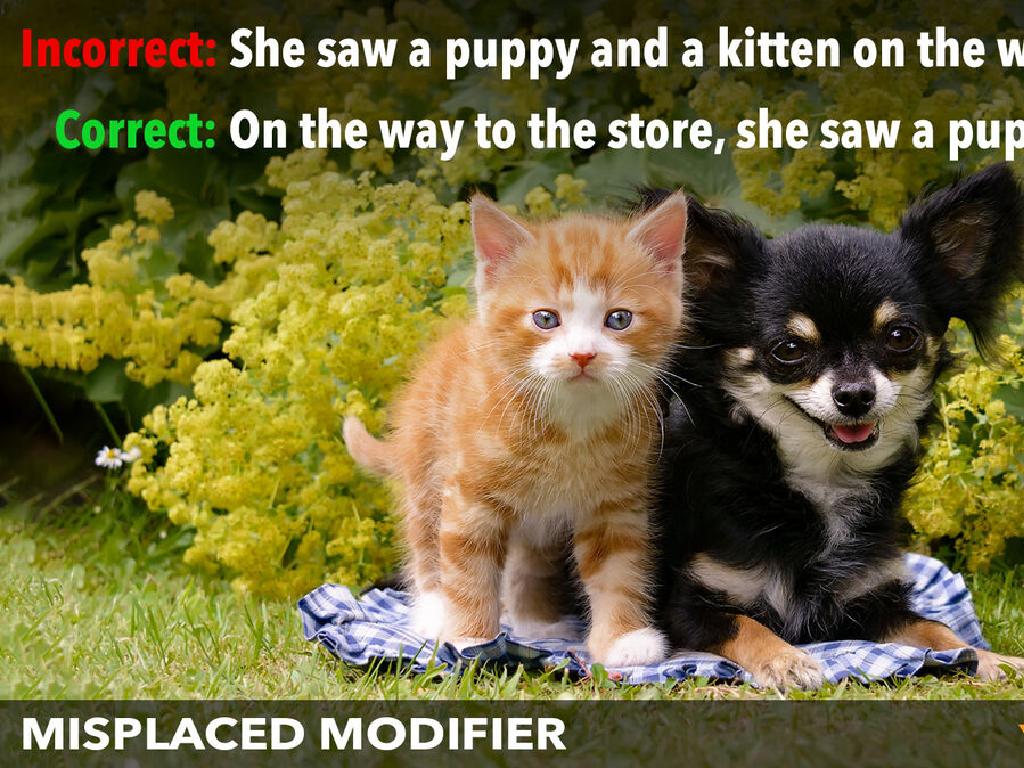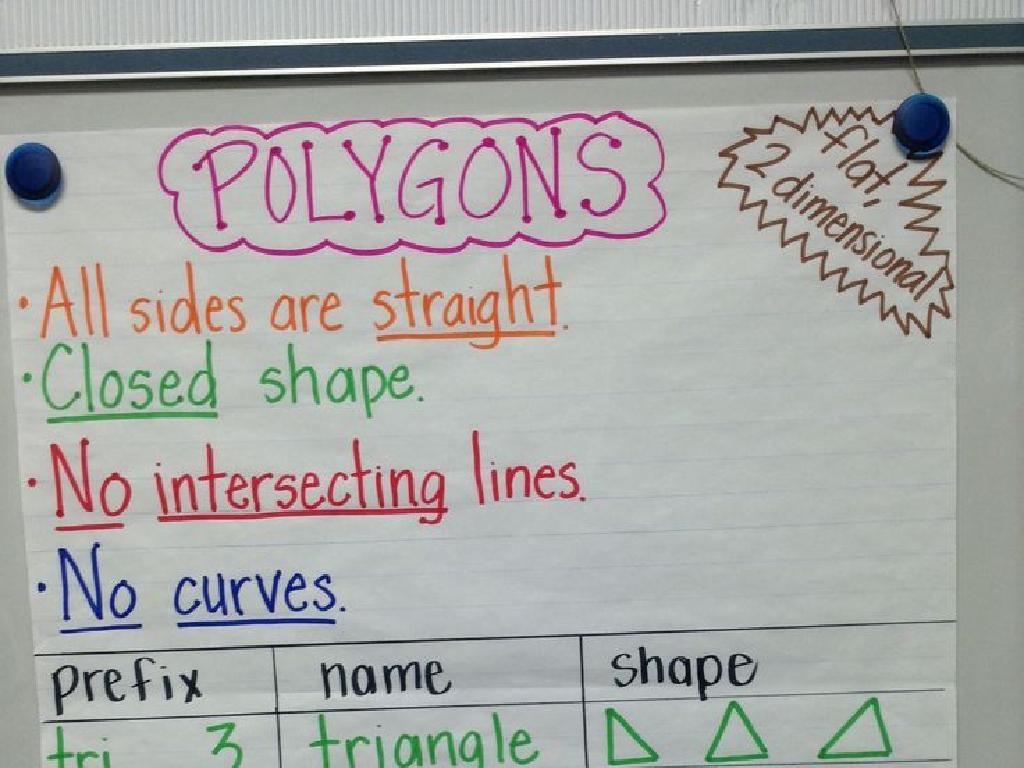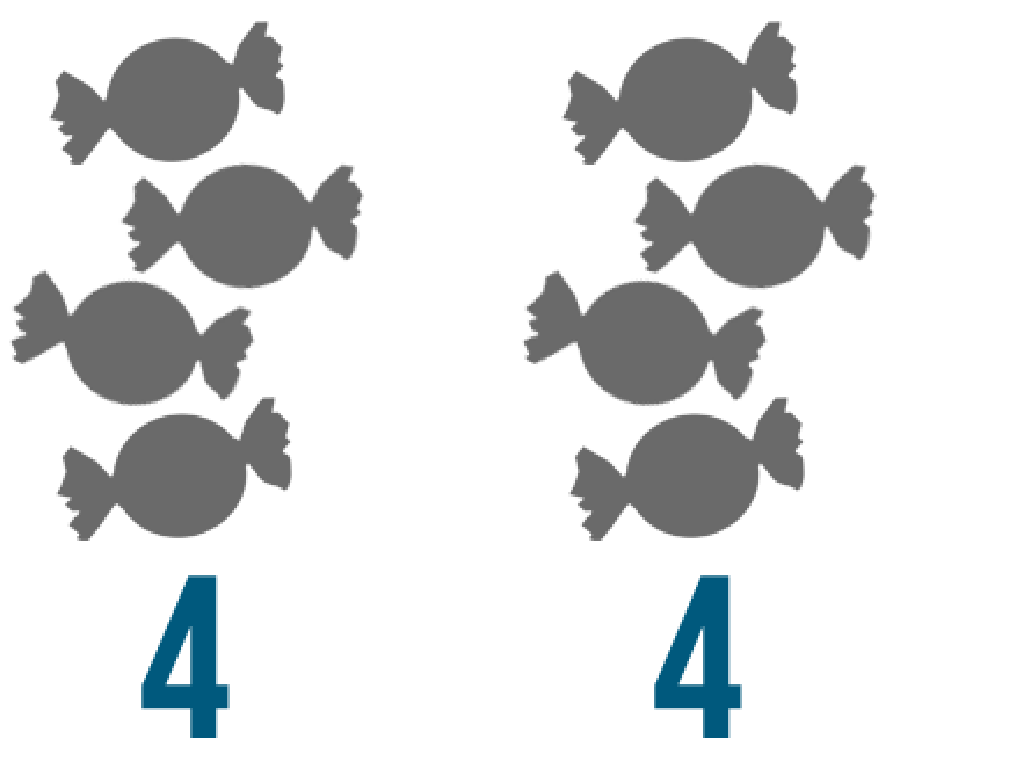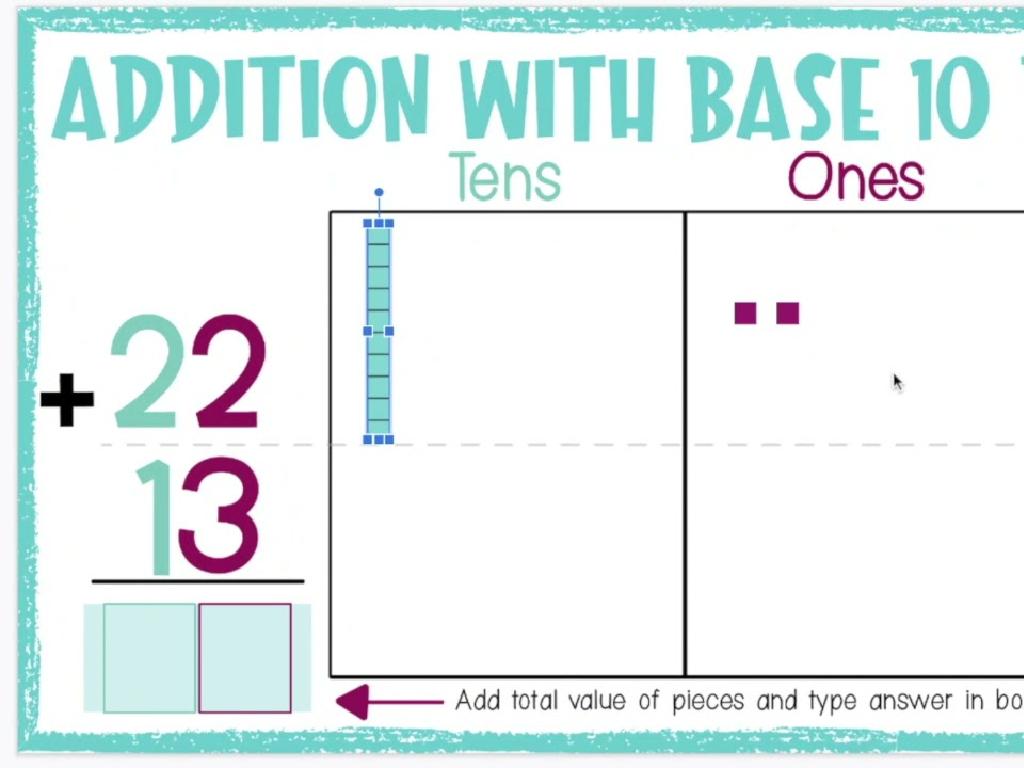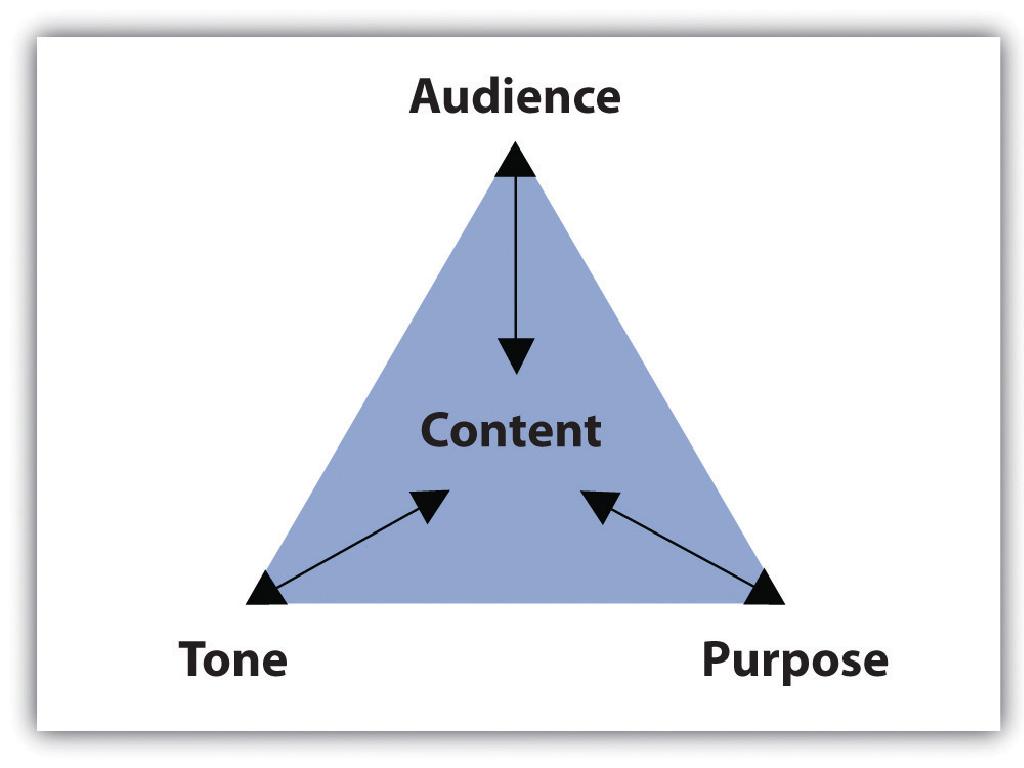Writing Numbers Up To 1,000 In Words - Convert Digits To Words
Subject: Math
Grade: Second grade
Topic: Names Of Numbers
Please LOG IN to download the presentation. Access is available to registered users only.
View More Content
Today’s Adventure: Writing Numbers Up to 1,000!
– Numbers have names just like us
– Writing numbers as words is fun
– For example, 123 becomes one hundred twenty-three
– Numbers up to 1,000 in words
– We’ll learn to spell numbers like 100 as ‘one hundred’
– Practice makes perfect
– We’ll do activities to get really good at this!
|
This slide introduces second graders to the concept of writing numbers in word form. Start by explaining that numbers, like people, have names and we can write those names with letters. Show them how to convert numbers into words, starting with simple numbers and gradually increasing to numbers up to 1,000. Use examples to illustrate the conversion process. Engage the class with activities such as writing their age, the number of students in the class, or the number of days in a month in word form to reinforce learning. Encourage practice and provide positive feedback to build their confidence.
Understanding Numbers: Digits and Words
– Numbers for counting and measuring
– Numbers help us know how many or how much
– Daily use of numbers
– We see numbers at home, school, and stores
– Numbers as digits and words
– Digits are 1, 2, 3; words are one, two, three
– Converting digits to words
– Practice changing 100 to ‘one hundred’
|
This slide introduces the concept of numbers to second-grade students, emphasizing their importance in everyday life for counting, measuring, and labeling. Highlight the two ways numbers can be represented: as digits and as words. Explain that digits are the symbols we write, while words are how we say numbers out loud. Engage the students by showing examples of numbers they encounter daily, such as the number of students in class or items in a grocery list. Encourage them to practice converting digits to words with numbers up to 1,000, starting with simpler numbers like 100, to build their confidence before moving on to larger numbers.
Writing Numbers 1 to 20 in Words
– Learn numbers 1 to 20 in words
– One, two, three, up to twenty
– Practice pronouncing them aloud
– Write numbers in words from memory
– Try to spell ‘fourteen’ or ‘seventeen’
– Check your work with a partner
– Help each other and learn together
|
This slide is aimed at helping second-grade students become familiar with writing numbers 1 to 20 in word form. Start by having the students recite the numbers in words as a class to reinforce their pronunciation. Then, challenge them to write the numbers in words on their own, which will test their memory and understanding. Encourage peer interaction by pairing students to check each other’s work, fostering a collaborative learning environment. This activity will build a foundation for writing larger numbers in words and enhance their number sense.
Tens and Hundreds: Building Big Numbers
– Big numbers have tens and hundreds
– Every ten is a new number family
– For example, 30 is ‘thirty’, 40 is ‘forty’, 50 is ‘fifty’
– Hundreds are like neighborhoods
– 100 is ‘one hundred’, 200 is ‘two hundred’, and so on
– Practice writing numbers in words
|
This slide introduces the concept of tens and hundreds to second graders, helping them understand how larger numbers are structured. Emphasize that tens are the building blocks of big numbers, and every new ten represents a new ‘family’ of numbers. Similarly, hundreds are larger groups, akin to ‘neighborhoods’, that comprise multiple tens. Use visual aids to show groups of ten and blocks of a hundred to make the concept more tangible. Encourage students to practice writing numbers in words, starting from smaller numbers and gradually moving up to 1,000. Provide examples and engage the class in a group activity where they can write numbers on the board and say them aloud.
Writing Numbers Up to 100 in Words
– Numbers up to 100: tens and ones
– Example: 34 is thirty-four
– 3 tens and 4 ones combine to make thirty-four
– Example: 67 is sixty-seven
– 6 tens and 7 ones combine to make sixty-seven
– Let’s practice writing numbers!
|
This slide introduces the concept of writing numbers up to 100 in word form. Emphasize that numbers are made up of tens and ones. Use visual aids or manipulatives like blocks or drawings to show how the tens and ones combine to form different numbers. Provide several examples and then engage the class with a practice activity where they write numbers in word form. For the activity, consider having students work in pairs to write out numbers and quiz each other, or use a fun game format to make the learning process interactive. The goal is to ensure students are comfortable with the concept of place value and can confidently convert numbers from digits to words.
Writing Numbers Beyond 100
– Numbers up to 1,000 in words
– Hundreds as ‘neighborhoods’
Think of each hundred as a new ‘neighborhood’ in a big city of numbers.
– Example: 125 is written as…
– one hundred twenty-five
– Example: 999 is written as…
– nine hundred ninety-nine
|
This slide introduces students to writing numbers up to 1,000 in words, emphasizing the concept of hundreds as ‘neighborhoods’ to make it more relatable and easier to understand. Start by reviewing how to write numbers up to 100, then explain that moving beyond 100 is like going into new ‘neighborhoods’ where the ‘hundreds’ place changes. Use examples like 125 and 999 to show how each part of the number corresponds to a place value (hundreds, tens, and ones) and is written out in words accordingly. Encourage students to practice writing different numbers in words, both as a class and individually, to reinforce the concept.
Let’s Practice Writing Numbers in Words!
– I’ll show you a number
– You write it in words
– Example: 382 -> three hundred eighty-two
– Remember to say the number out loud to help
– Ready for your turn?
|
This slide is an interactive class activity designed to help second graders practice converting numbers into words. Start by showing a number to the class, and then have them write it down in word form. Use the example provided to demonstrate how to break down the number into hundreds, tens, and ones. Encourage the students to say the numbers out loud as they write to reinforce the learning process. After the example, give the students a few numbers to try on their own, providing support and guidance as needed. Possible numbers for practice could include 415 (four hundred fifteen), 629 (six hundred twenty-nine), 780 (seven hundred eighty), and 951 (nine hundred fifty-one). This activity will help students become more comfortable with the concept of place value and the spelling of number words up to one thousand.
Class Activity: Number Word Bingo
– Let’s play Bingo with number words!
– Listen for a number, then find its word
– If you hear ’25’, look for ‘twenty-five’
– Get five in a row to win
– Shout ‘Bingo!’ when you win
|
This activity is designed to help second graders practice converting numbers into words in a fun and interactive way. Prepare Bingo cards in advance with number words up to 1,000 written randomly in the squares. During the game, call out numbers in digit form and have students locate the corresponding word form on their Bingo cards. This will reinforce their understanding of number names and their spellings. Encourage students to pay close attention and check their cards carefully. Celebrate the winners and consider offering small prizes to keep the game exciting. After the game, review some of the numbers that were tricky for students to help solidify their learning.
Celebrating Our Numbers in Words
– Congratulations on learning number words!
– Practice writing numbers at home
– Try writing 101 as ‘one hundred one’
– Get ready for more number word fun
– We’ll play games using number words
– Keep up the great work!
|
This slide is meant to congratulate the students on their achievement in learning to write numbers up to 1,000 in words. It’s important to encourage them to continue practicing at home to reinforce their learning. Let them know that their hard work is appreciated and that they’re doing great. Next class, we’ll build on this foundation with engaging activities that use number words in various contexts, such as math games, word problems, and storytelling. This will help them see the practical application of what they’ve learned and keep them excited about math.

